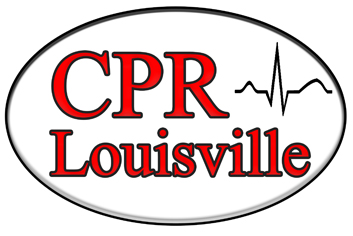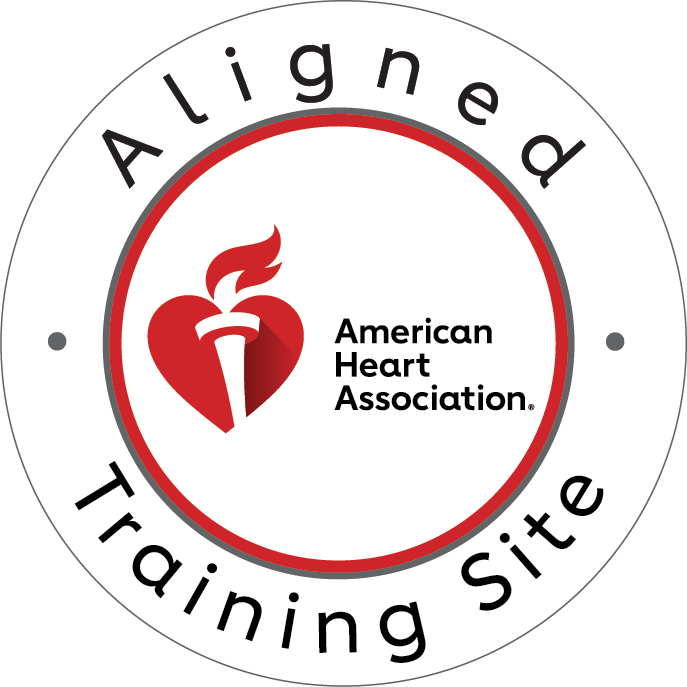UNKNOWN LAB REPORT
Unknown Number 102
Nick Schisler
April 29, 2014
General Microbiology
Spring 2014
INTRODUCTION
The study of microorganisms is a very important science; knowing the identity of microorganisms determines how a patient will be treated. Still, not all microorganisms cause illnesses. Harmless microbes surround us; living with us and within us. This study was done to determine the identity of two unknown bacteria according to the methods practiced in the microbiology laboratory.
MATERIALS AND METHODS
A broth tube labeled number 102 was received from the lab instructor with two unknown bacteria inside. The methods learned during previous lab exercises for identifying bacteria have been applied to these unknowns. All procedures performed were done so according to the microbiology laboratory manual.
The first procedure performed was a streak of the unknown broth on a nutrient agar (NA) plate. This was done as an attempt to isolate the two unknowns. A second streak of the unknown broth, also on a NA plate, was required. The third step taken was to gram stain a single isolated colony from the streak plate. The next step was to create a lawn from the unknown broth on a mannitol salt agar (MSA) plate. A third streak, on a new MSA plate, was then performed using growth on the previous MSA plate. After isolation, a gram stain was performed on each unknown bacteria.
Once isolated and gram stained, each unknown was tested separately. For Unknown bacterium A the first test performed was a Urea test. A Urea broth tube was inoculated from the isolation plate of Unknown A, all tests to be discussed were inoculated from the same isolation plate. This test determines whether or not the bacterium can hydrolyze urea. The second test performed was a citrate test on a Simmon’s Citrate Slant tube. This test was performed to determine if Unknown A could use citrate as its sole source of carbon. The next test performed was a casein test on a Milk agar plate. This test shows the bacterium’s ability to break down casein by the production of the enzyme caspase. The final tests for Unknown A, performed simultaneously, were a Lactose test and a Maltose test. These tests were performed using a lactose and a maltose fermentation tube to test the ability of the bacterium to ferment lactose and/or maltose.
Unknown bacterium B only required two tests. Each media to be discussed was inoculated from the isolation plate of Unknown B. The first test performed was a Urea test. Again, this test demonstrates the bacterium’s ability to hydrolyze urea. The second test performed was a Mannitol test. This test was performed in a mannitol fermentation tube to determine if the bacterium could ferment mannitol.
RESULTS
The results for the tests performed on Unknown A are summarized in Table 1 as well as Flowchart 1. The results for tests performed on Unknown B are shown in Table 2 and Flowchart 2.
| TABLE 1: Unknown A, Pseudomonas aeruginosa | ||||
| TEST | MEDIA | OBSERVATIONS | RESULTS | INTERPRETATIONS |
| Urea | Urea broth | Color did not change | Negative | Bacterium cannot hydrolyze urea |
| Citrate | Simmon’s Citrate slant | Color changed from green to blue | Positive | Bacterium can use citrate as sole source of carbon |
| Casein | Milk agar | Color changed from white to clear around streak | Positive | Bacterium produces casease to break down casein |
| Lactose | Lactose fermentation tube | Color did not change | Negative | Bacterium cannot ferment lactose |
| Maltose | Maltose fermentation tube | Color did not change | Negative | Bacterium cannot ferment maltose |
TABLE 2: Unknown B Staphylococcus epidermidis
| TEST | MEDIA | OBSERVATIONS | RESULTS | INTERPRETATIONS |
| Urea | Urea broth | Color changed from yellow to bright pink | Positive | Bacterium can hydrolyze urea |
| Mannitol | Mannitol fermentation tube | Color did not change | Negative | Bacterium cannot ferment mannitol |
Flowchart 1
Unknown A #102
Gram stain
Gram negative rods
Urea test (negative)
Positive Negative
Klebsiella pneumoniae Escherichia coli
Proteus vulgaris Enterobacter aerogenes
Pseudomonas aeruginosa
Citrate test (positive)
Positive Negative
Enterobacter aerogenes Escherichia coli
Pseudomonas aeruginosa
Casein test (positive)
Positive Negative
Pseudomonas aeruginosa Enterobacter aerogenes
Lactose test (negative)
Pseudomonas aeruginosa
Maltose test (negative)
Pseudomonas aeruginosa
Unknown A – Pseudomonas aeruginosa
Flowchart 2
Unknown B #102
Gram stain
Gram positive cocci
Urea test (positive)
Positive Negative
Staphylococcus epidermidis Staphylococcus aureus
Enterococcus faecalis
Mannitol test (negative)
Staphylococcus epidermidis
Unknown B – Staphylococcus epidermidis
DISCUSSION/CONCLUSION
Each unknown was properly identified. The first streak plate was unsuccessful, thus the second was required. The second streak plate yielded only one isolated colony. After gram staining, it was confirmed to be gram-negative. The MSA plate was then used because it selects for gram-positive growth, the lawn technique was used to ensure growth. After gram staining the bacteria grown on the MSA plate, it was confirmed gram-positive. This confirmed the two unknown bacteria were isolated.
For Unknown A the gram stain showed red, gram negative, rods. The first test, a Urea test, was negative. This eliminated Klebsiella pneumonia and Proteus vulgaris. The citrate test showed positive, eliminating Escherichia coli leaving only two bacteria to be tested for. The positive casein test eliminated Enterobacter aerogenes. The final two tests were done to confirm that Unknown A was in fact the only remaining gram-negative bacterium, Pseudomonas aeruginosa. Both the lactose and maltose tests were negative confirming that Unknown A was P. aeruginosa.
The gram stain of Unknown B showed purple clusters of cocci. The shape of the bacterium immediately eliminated Bacillus cereus and Bacillus subtilis. Again the first test performed was a urea test which showed positive, eliminating Staphylococcus aureus and Enterococcus faecalis. The mannitol test was performed to confirm that the remaining bacterium, Staphylococcus epidermidi, was indeed Unknown B. The positive results of the mannitol test confirmed that Unknown B was S. epidermidi.
There are 33 known species that belong to the Staphylococcus genus. S. epidermidis is among the many bacteria that make up the normal skin flora. This particular bacterium was first differentiated from other forms of Staphylococcus in 1884 by Friedrich Julius Rosenbach (1). S. epidermidis does not usually is not usually pathogenic. The problem arises when the bacteria is moved from to surface to the interior of the body. S. epidermidis is a facultative anaerobe; it likes growing on plastic surfaces, and forms as biofilm when allowed to proliferate extensively. This presents a problem when a patient receives an intravascular catheter or a prosthesis of some kind, the plastic surfaces of each of these provide the perfect home inside the body for S. epidermidis. In fact, in the 1990s S. epidermidis accounted for 37.3% of nosocomial bloodstream infections (2).
REFERENCES
1. “Staphylococcus Epidermidis.” – Bacteria Reference Library. N.p., n.d. Web. 28 Apr. 2014. http://www.redorbit.com/education/reference_library/health_1/bacteria/2584198/staphylococcus_epidermidis/
2. “The Journal of Infectious Diseases.” Characterization of the Importance of Staphylococcus epidermidis Autolysin and Polysaccharide Intercellular Adhesin in the Pathogenesis of Intravascular Catheter-Associated Infection in a Rat Model. N.p., n.d. Web. 28 Apr. 2014. <http://jid.oxfordjournals.org/content/183/7/1038.full>





